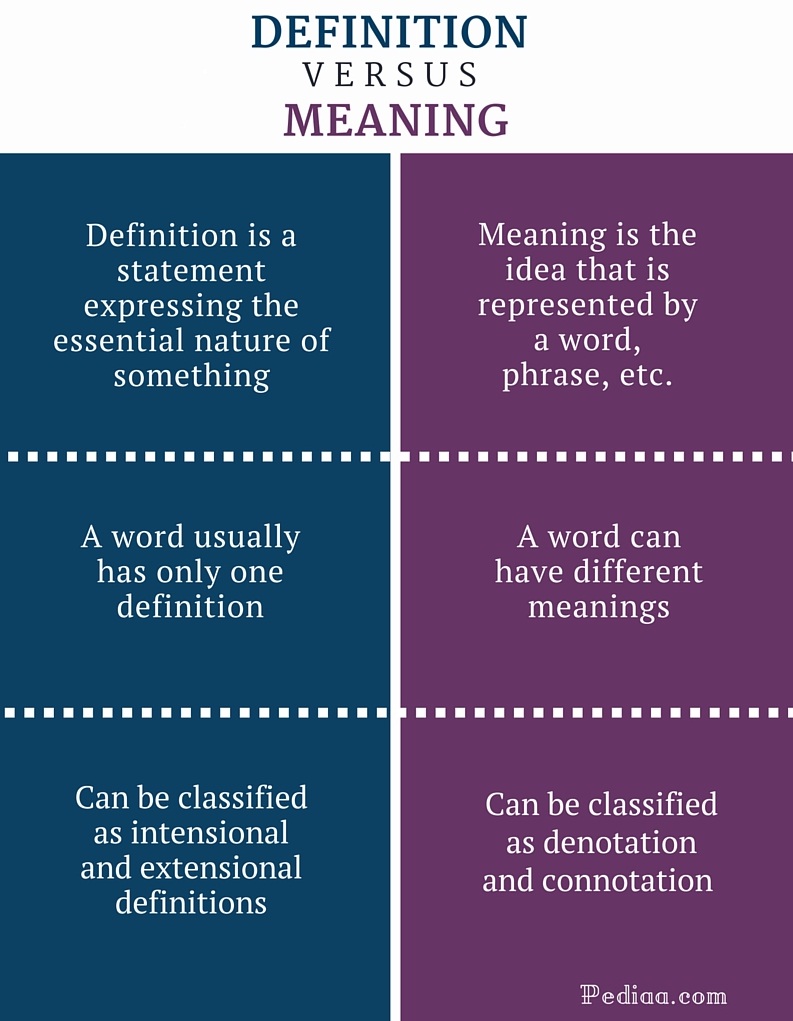The concept of a second, as a unit of time, may seem straightforward at first glance; however, its definition is underpinned by intricate scientific principles and historical evolution. This brief exploration seeks to unravel the complexities surrounding the second as a time unit, presenting key aspects that contribute to its contemporary interpretation. But, one must ponder: Can you visualize a single second? What challenges arise in precisely measuring and understanding this fleeting moment in time?
To commence, the second is fundamentally defined as the base unit of time in the International System of Units (SI). Its representation, symbolized as “s,” epitomizes a universal measurement of duration. Historically, this unit was derived from the Earth’s rotation, specifically a fraction of a mean solar day. Ancient civilizations distinguished time intervals based on observable celestial motions. For instance, the division of daylight into hours and eventually seconds deemed timekeeping essential for agriculture, navigation, and various culturally significant activities.
As civilization progressed, the reliance on celestial observations for timekeeping proved inadequate due to fluctuations in Earth’s rotation. With the advent of more sophisticated instruments, scientists sought to refine the definition of a second. In 1967, an epochal shift occurred when the second was redefined based on atomic time. The International System of Units established the second to be precisely 9,192,631,770 periods of the radiation corresponding to the transition between two hyperfine levels of the ground state of the cesium-133 atom. This definition exemplifies a monumental advancement in accuracy, typifying how scientific inquiry enhances our comprehension of time.
Yet, one might inquire: How does this precise measurement facilitate practical applications in our daily lives? The implications of an exact definition extend beyond theoretical physics to influence technologies, including GPS systems, telecommunications, and even the internet. Imagine a world where these systems functioned on ambiguous time intervals – chaos would ensue. Consequently, the resolution of defining a second rests at the convergence of scientific precision and everyday utility.
Moreover, time has various manifestations, and the perception of a second can differ significantly based on context. For physicists and astronomers, time is as much a measurement of linear progression as it is an intricate dimension that intertwines with the fabric of spacetime. In contrast, a layperson may equate a second with a fleeting moment – the time taken to blink or to exhale. Such dichotomies reflect not only the multiplicity of human experience but also the inherent challenges of conceptualizing time. What constitutes a meaningful interval? When does a second feel instantaneous, or conversely, eternal?
The debate surrounding the definition of a second also raises poignant philosophical questions about time’s nature. Is time an absolute entity, existing independently of human perception, or is it a subjective experience shaped by memory and expectation? For instance, moments filled with anticipation may seem to drag on, while exhilarating experiences can render time nearly imperceptible. Scientific inquiry alone may not suffice to answer such profound queries; philosophy and psychology must engage to elucidate the experiential dimension of time.
While spacecraft traversing the cosmos rely on the precise definition of the second for navigational accuracy, the same could be said for the realm of quantum mechanics. In quantum physics, time often appears inextricably linked with events, and understanding time’s flow can yield insights into the fundamental nature of reality. The intertwining of time and space, as depicted in Einstein’s theory of relativity, further complicates the narrative. Here, seconds can depend on relative motion, leading to the curious phenomenon of time dilation. For individuals on a high-speed voyage through space, time does not flow uniformly—it can stretch and compress based on speed and gravitational fields.
Thus, the exploration of what constitutes a second is not merely a linear discussion grounded in quantitative definitions; it is an exquisite tapestry interwoven with the scientific, philosophical, and experiential threads of human existence. How does one reconcile a unit of measure with the immeasurable sensation of time passing? The question is both playful and profound, leading to further challenges of comprehension and communication.
Practical methodologies for measuring these seconds lead us to embrace sophisticated technologies like atomic clocks, which operate on principles established by quantum mechanics. These instruments not only embody the precision necessary for scientific endeavors but also serve as a metaphor for humanity’s continual quest for understanding. The evolution of the second from an arbitrary fragmentation of day to a fundamental unit of atomic transitions represents a profound journey reflecting our species’ intellectual growth.
To conclude, the definition of a second is a villainous yet exciting puzzle woven from the threads of science, philosophy, and experience. This solitary unit bears immense significance, influencing how humanity interacts with the cosmos. As one contemplates their own relationship with time—whether through the lens of a scientist or the perspective of an everyday individual—questions about the nature of this fleeting second persist. What does it mean to truly grasp the ephemeral nature of existence? Thus, the ever-elusive second invites introspection and a greater appreciation for the immeasurable intricacies of time.












